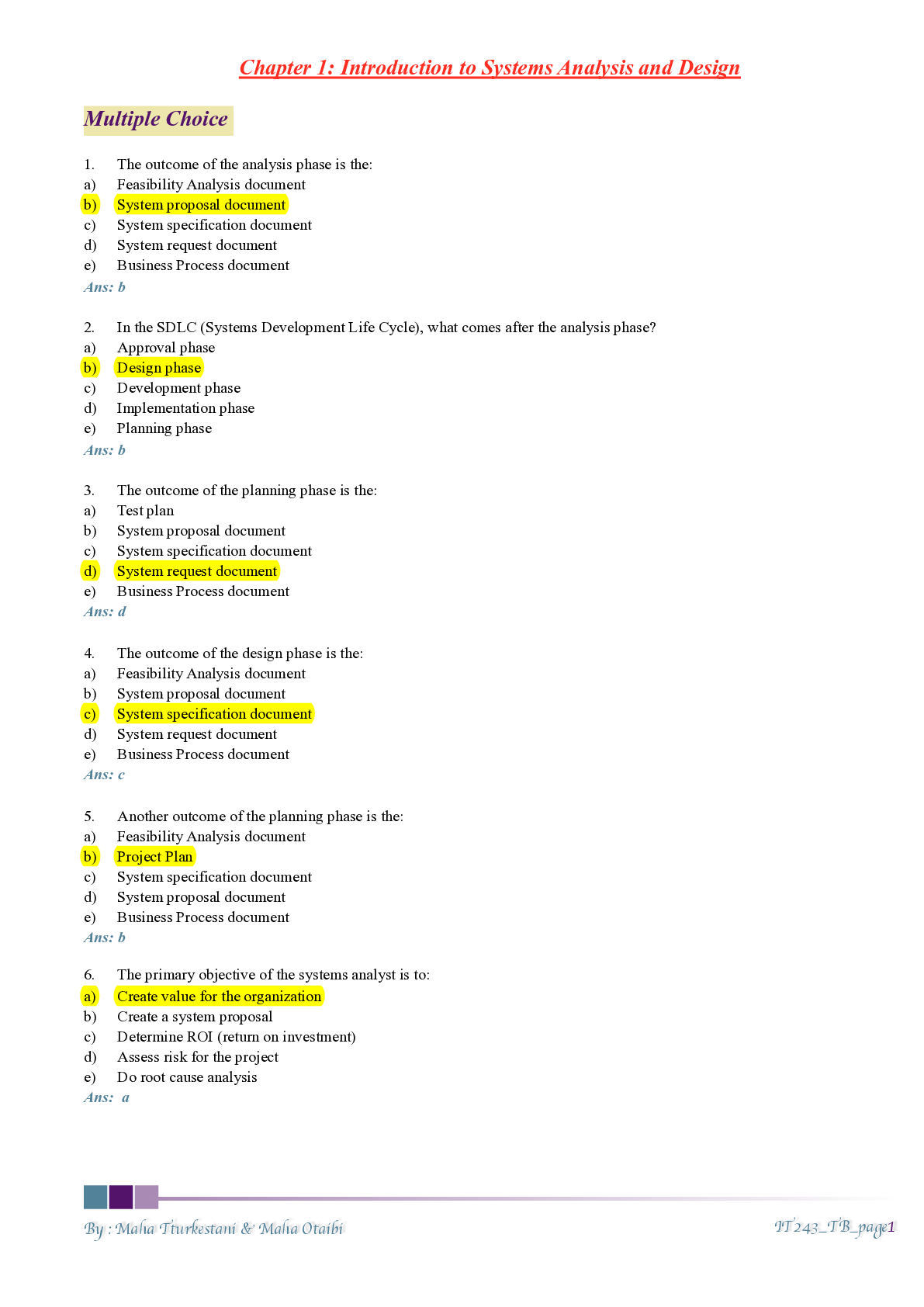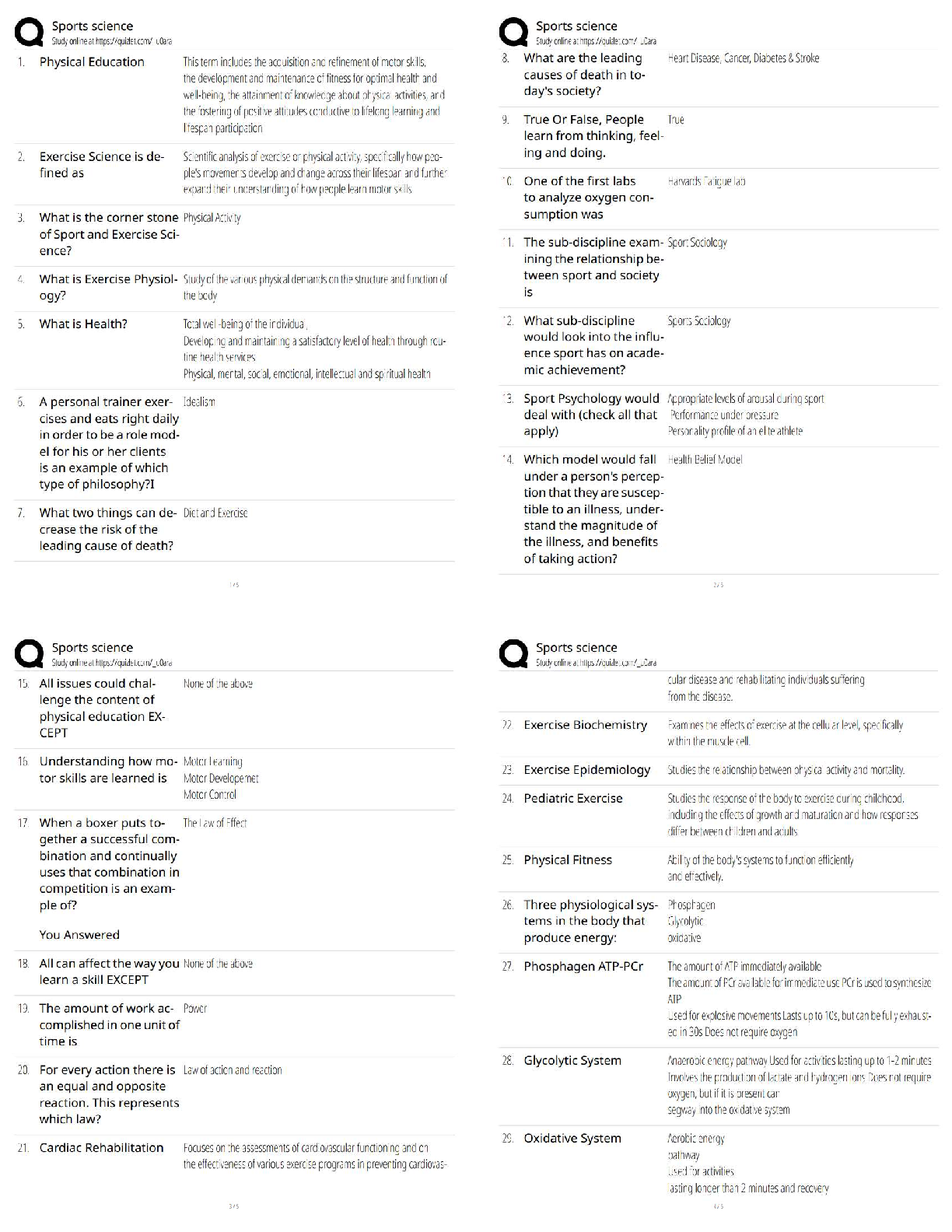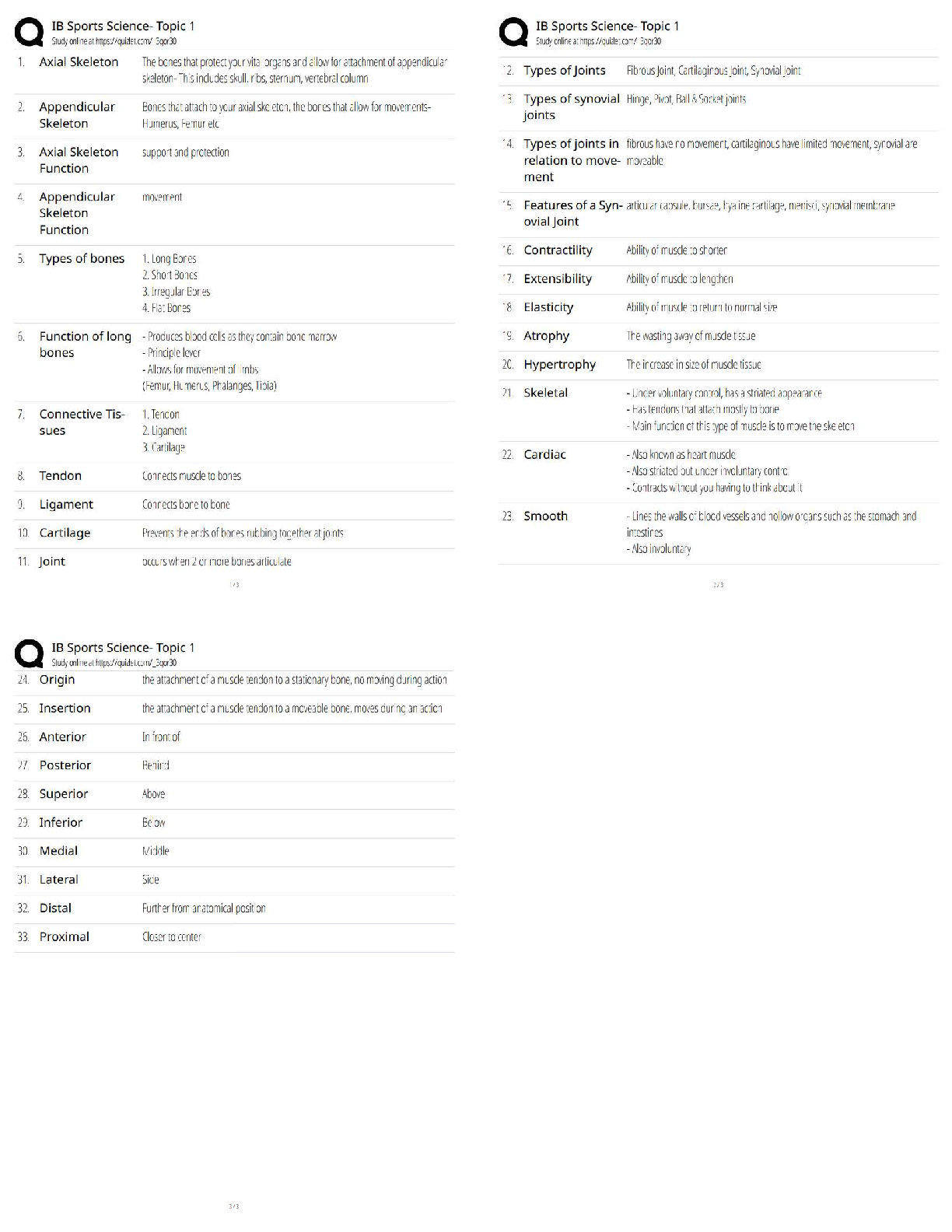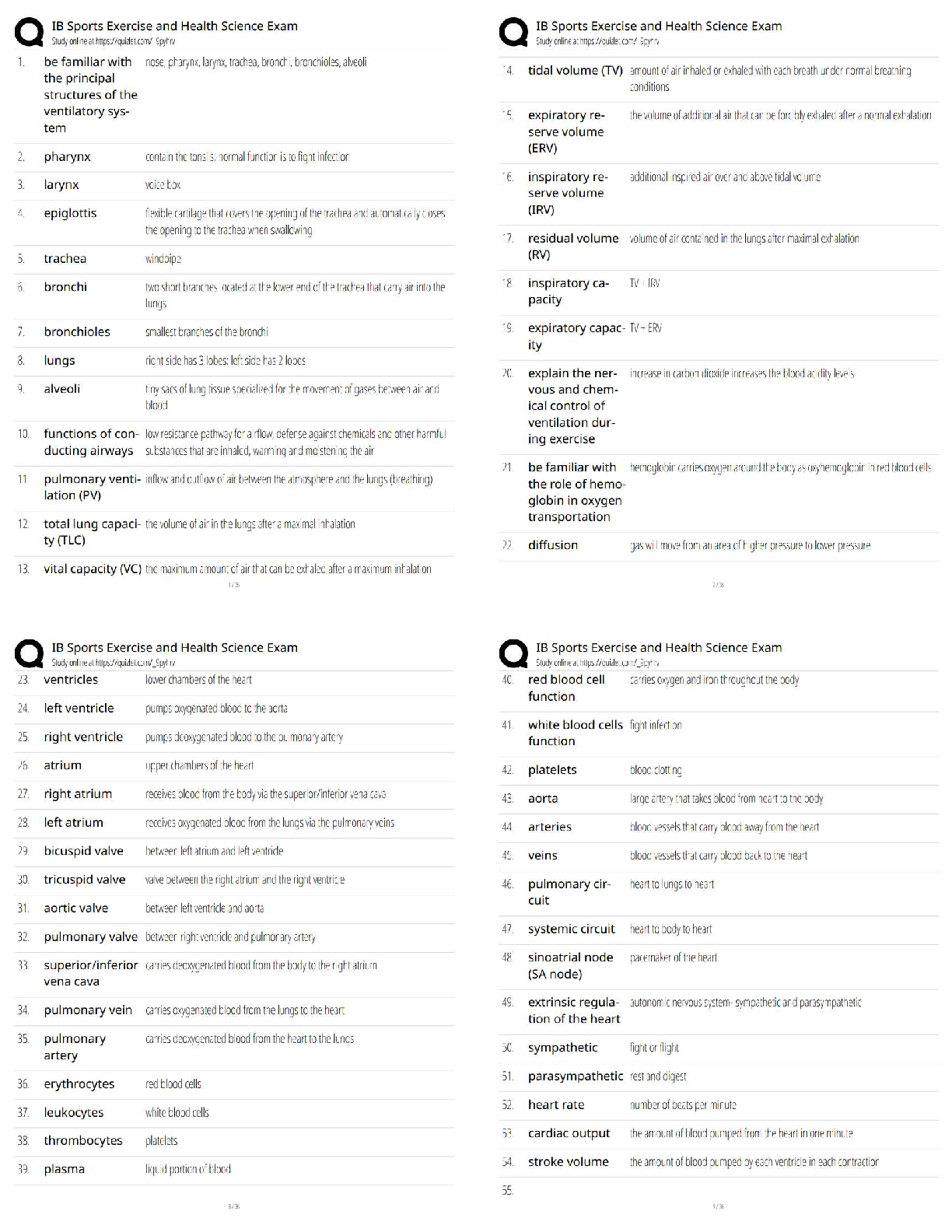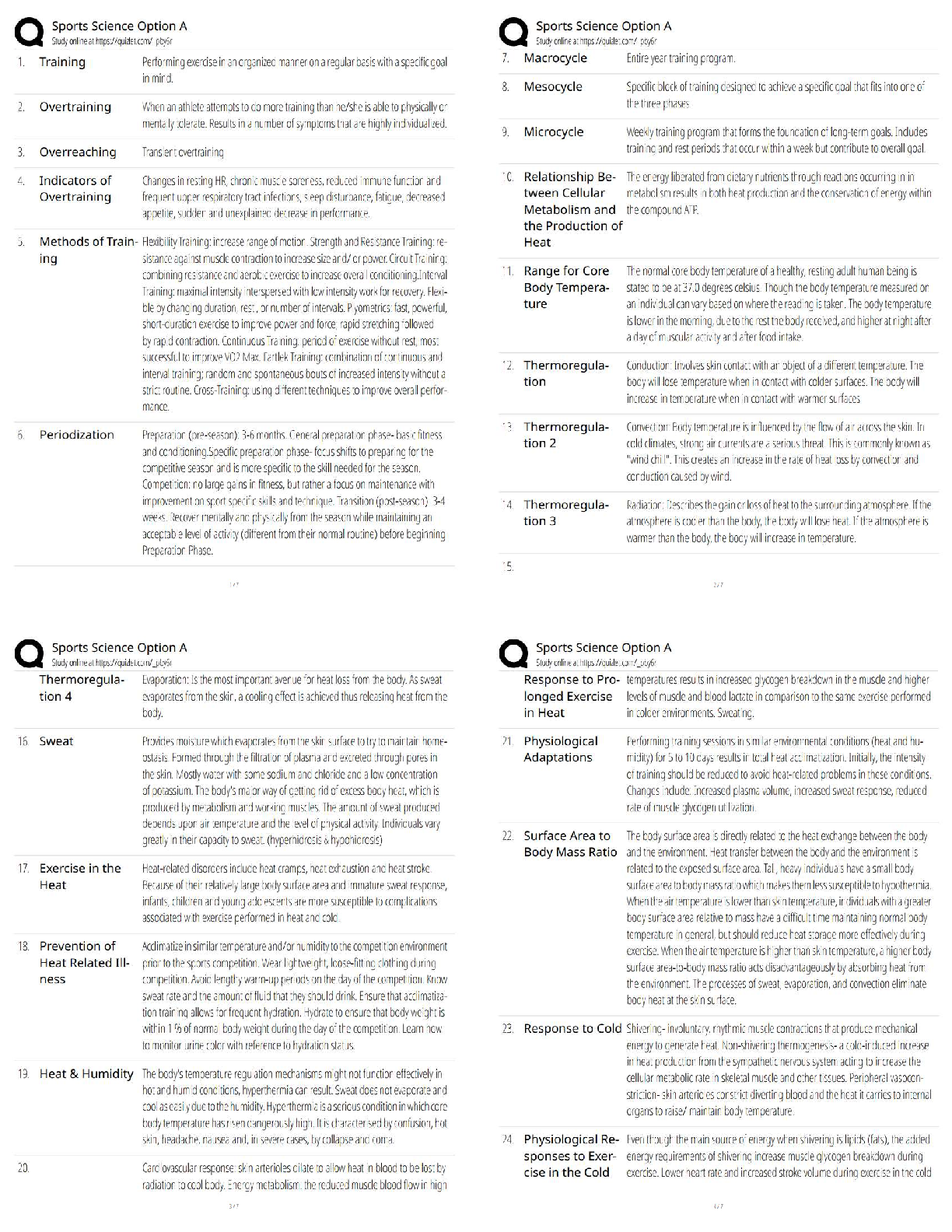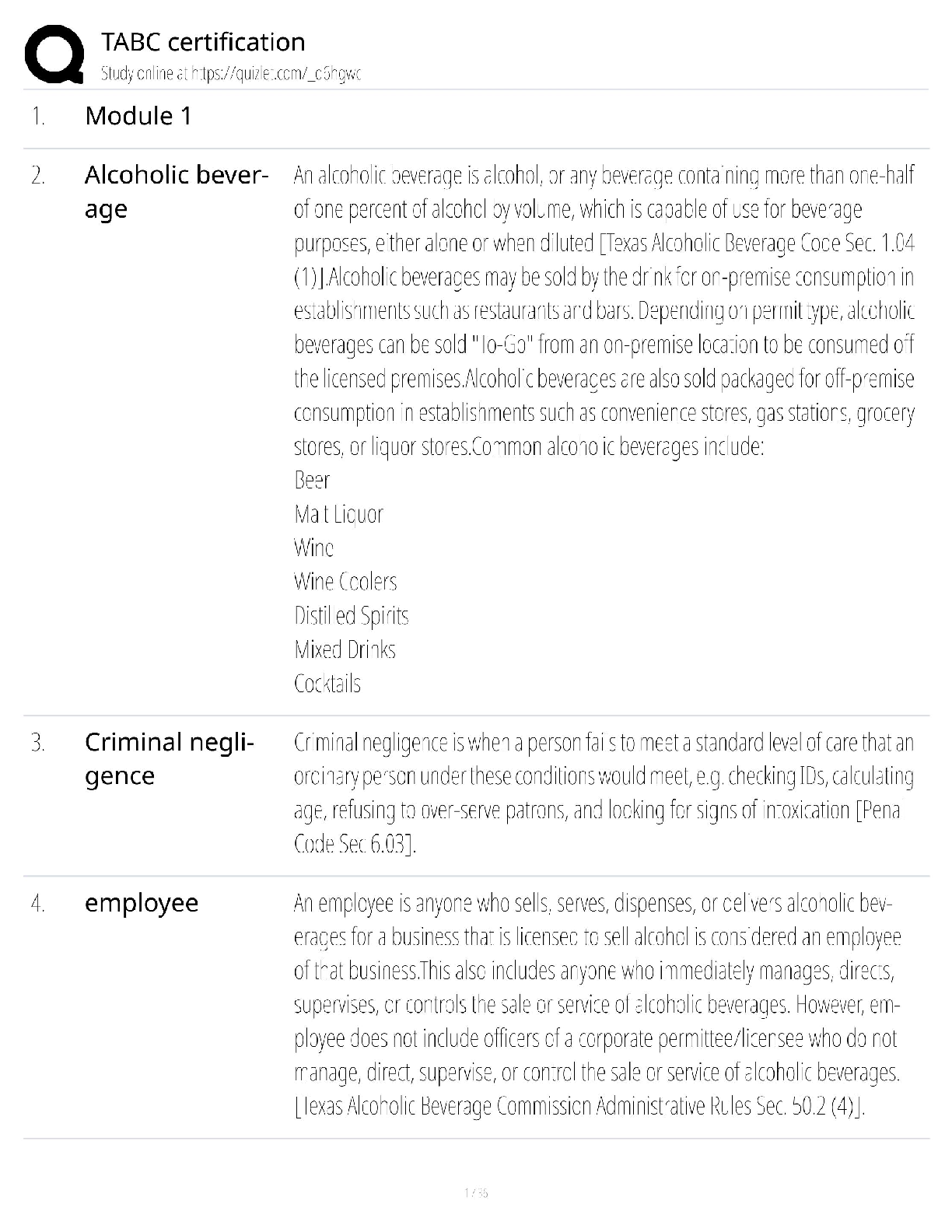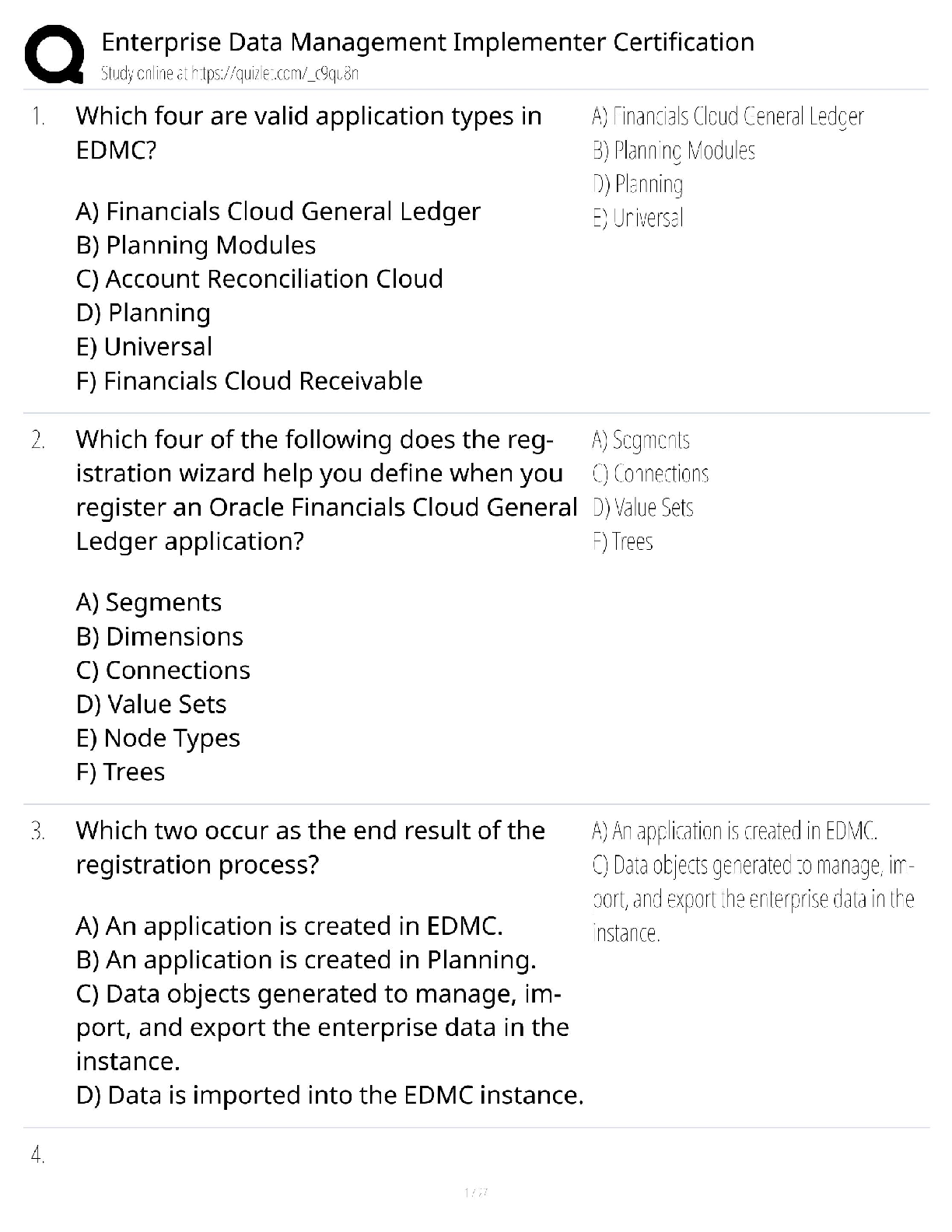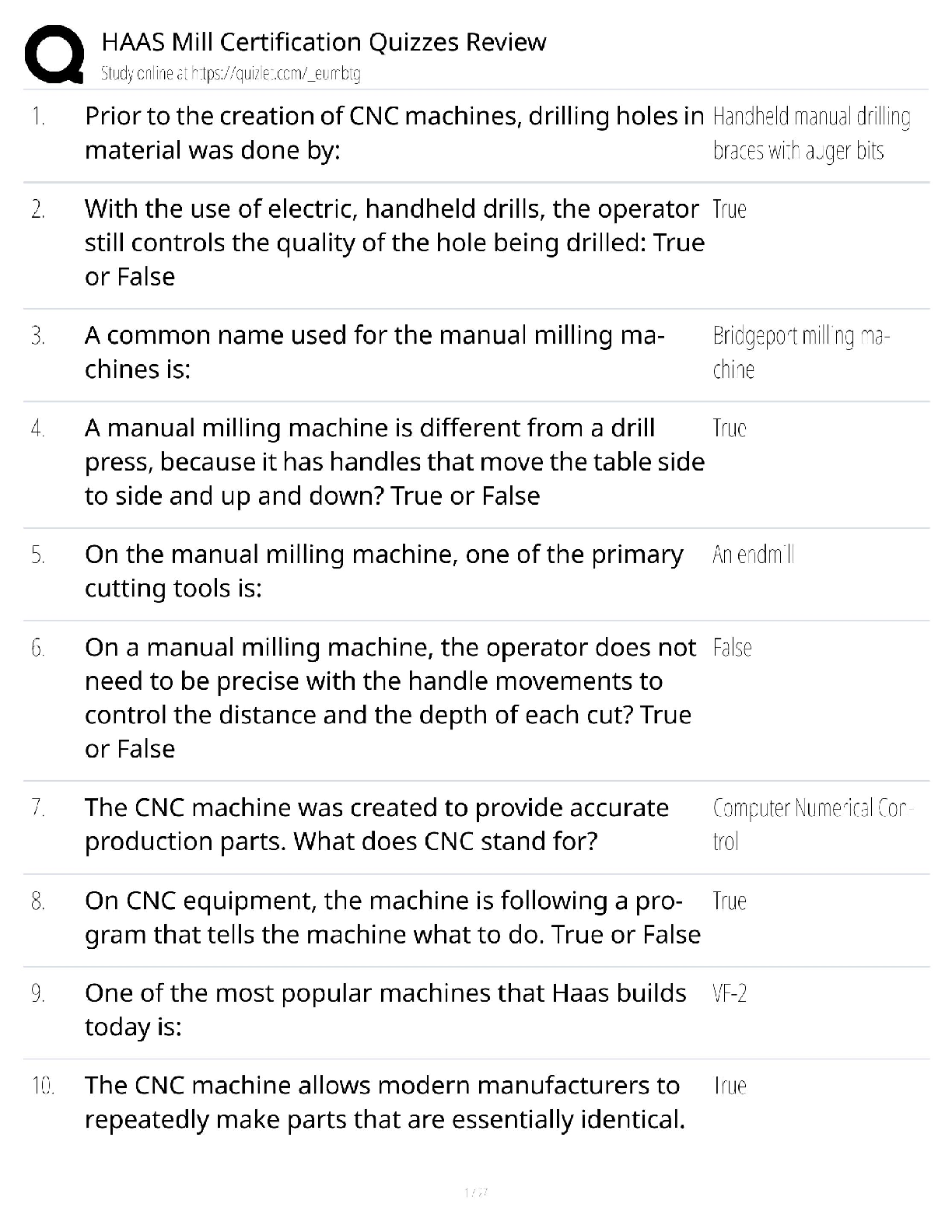Health Care > QUESTIONS & ANSWERS > HESI A2 Version 3, READING COMPREHENSION, Health Information Systems Test Bank, Complete Preparation (All)
HESI A2 Version 3, READING COMPREHENSION, Health Information Systems Test Bank, Complete Preparation Practice Test Questions, Questions 45 (Latest Update) (A Graded) Latest Questions and Complete Solutions
Document Content and Description Below
HESI A2 Version 3, READING COMPREHENSION, Health Information Systems Test Bank, Complete Preparation Practice Test Questions, Questions 45 (Latest Update) (A Graded) Latest Questions and Complete Solu ... tions READING COMPEHENSION Doppler Effect Have you ever wondered why the whistle of a traveling, distant locomotive predicts its approach several yards before anyone actually sees it? Or why an oncoming ambulance’s screaming siren is heard momentarily several feet before the ambulance comes into full view, before it passes you, and why its siren is still heard faintly well after the ambulance is out of sight? What you are witnessing is a scientific phenomenon known as the Doppler Effect. What takes place is truly remarkable. In both of these instances, when the train or ambulance moves toward the sound waves in front of it, the sound waves are pulled closer together and have a higher frequency. In either instance, the listener positioned in front of the moving object hears a higher pitch. The ambulance and locomotive are progressively moving away from the sound waves behind them, causing the waves to be farther apart and to have a lower frequency. These fast- approaching modes of transportation distance themselves past the listener, who hears a lower pitch. 1. Which statement is not listed as a detail in the passage? A. The oncoming sound waves have a higher pitch because of high frequency and closeness of waves. B. The oncoming sound waves have a higher pitch because of low frequency and closeness of waves. C. The whistling sound of the locomotive as it approaches and passes can be explained by the Doppler effect. D. The high-pitched sound of the ambulance as it approaches and passes can be explained by the Doppler effect. 2. What is the main idea of the passage? A. Trains and ambulances make distinctly loud noises. B. Low-frequency waves make high-pitched sounds. C. High-frequency waves make low-pitched sounds. D. The Doppler Effect explains the rationale for why sound is heard initially more strongly and then faintly after a moving object has passed. [Show More]
Last updated: 3 years ago
Preview 1 out of 15 pages
 (A Graded) Latest Questions and Complete Solutions.png)
Buy this document to get the full access instantly
Instant Download Access after purchase
Buy NowInstant download
We Accept:

Also available in bundle (1)
Click Below to Access Bundle(s)
 Latest Questions and Complete Solutions.png)
HESI A2 LATEST VERSIONS, ANATOMY AND PHYSIOLOGY, VOCABULARY, READING COMPREHENSION, GRAMMAR, MATHEMATICS, SCIENCE - (BIOLOGY, PHYSICS and CHEMISTRY (Complete Preparation Practice Tests) (A Graded) Latest Questions and Complete Solutions
HESI A2 LATEST VERSIONS, ANATOMY AND PHYSIOLOGY, VOCABULARY, READING COMPREHENSION, GRAMMAR, MATHEMATICS, SCIENCE - (BIOLOGY, PHYSICS and CHEMISTRY (Complete Preparation Practice Tests) (A Graded) Lat...
By ApicalGrades 4 years ago
$75
25
Reviews( 0 )
$23.00
Can't find what you want? Try our AI powered Search
Document information
Connected school, study & course
About the document
Uploaded On
Jun 03, 2021
Number of pages
15
Written in
All
Additional information
This document has been written for:
Uploaded
Jun 03, 2021
Downloads
0
Views
212

 MACROECONOMICS QUESTIONS AND ANSWERS.png)
 AANP-FNP LIGHTNING ROUND REVIEW-2.png)






 W2 SH [TRANSCRIPT] – ASTHMA - RESPIRATORY COMPLETED SHADOW HEALTH.png)
